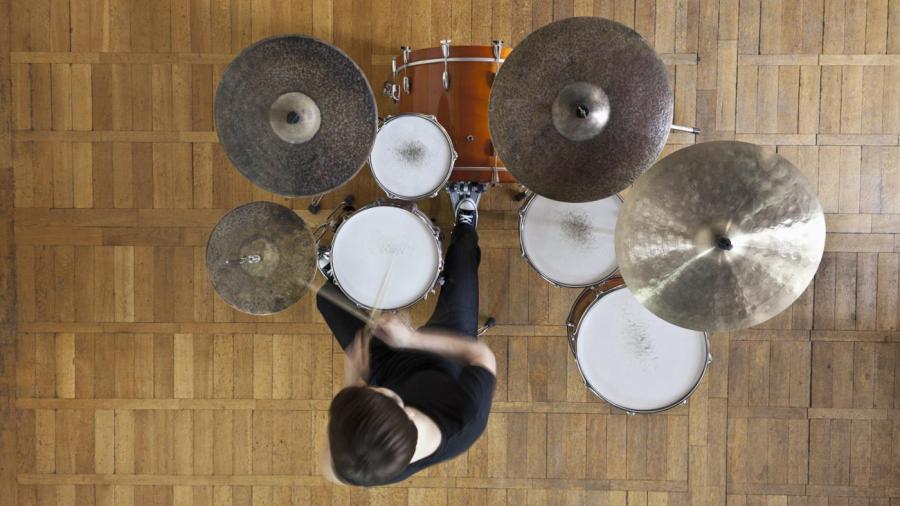How Does a Drum Produce Sound?

A drum makes sound due to the vibrations of the material stretched across its hollow body. When a stick, mallet, or hand strikes down on this surface material, it begins to vibrate up and down. The vibration moves the air, creating sound waves.
The sound that comes out of a drum is affected by its shape. If the drum is large, the sound will have a lower pitch. This is because the material on the top of the drum will take longer to move upward when it is struck. The slower vibration causes a lower pitch. Conversely, a drum with a small body will have a higher pitch.
In much the same way, the material covering the drum impacts the sound quality. If the material is stretched more tightly across the drum, it will vibrate more and produce a higher sound. If the material is stretched loosely, the sound will be lower.
Finally, drum sound is impacted by the way that the drum is struck. If it is struck with an open hand or wooden stick, it makes a sharp noise instantly, followed by a vibrating sound. If struck by a padded mallet, the drum will make the vibrating noise the entire time.
Drums are one of the oldest instruments known to humans. Little is required to construct a drum, making it exceptionally easy for ancient civilizations to create and use.
A standard drum set includes a smaller drum, called the snare drum, that produces a loud sharp sound, as well as a large piece, called a bass drum, that produces a deep, low sound.





